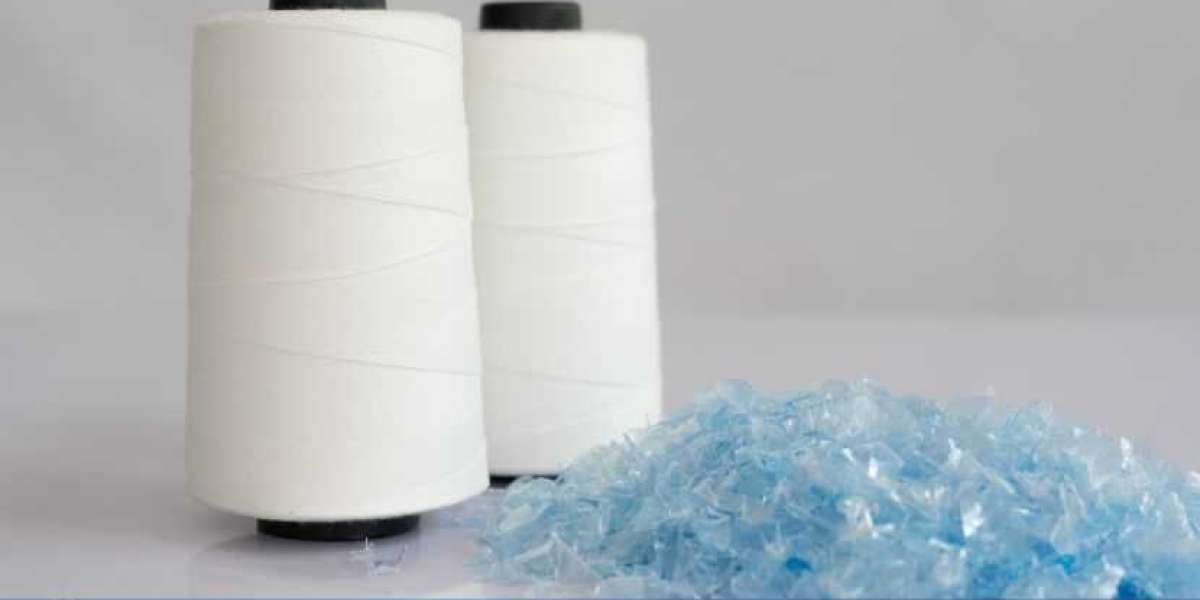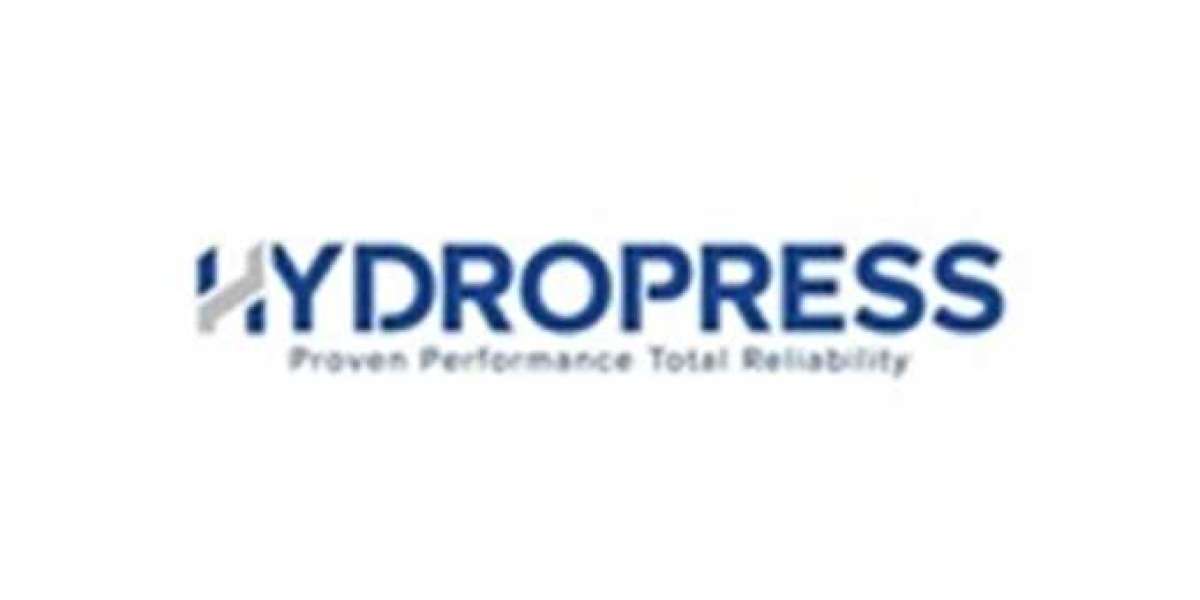Introduction
A Polyester Filament Yarn (PFY) Manufacturing Plant Project Report offers a detailed analysis of setting up a production facility for Polyester Filament Yarn, a vital material used in the textile and fashion industries. PFY is a synthetic yarn made from polyester polymer, primarily used in weaving, knitting, and various other applications in apparel, home textiles, and industrial products. The report provides insights into the market demand, production process, required raw materials, machinery, technological considerations, and regulatory requirements for establishing a successful PFY manufacturing plant.
The global demand for Polyester Filament Yarn has been growing steadily due to the increasing consumption of polyester fabrics in the textile sector. With applications ranging from fashion garments and upholstery to automotive textiles and medical textiles, PFY remains one of the most versatile and widely-used fibers in the world.
Overview of Polyester Filament Yarn (PFY)
Polyester Filament Yarn (PFY) is made from polyester polymers, which are derived from petroleum-based products. PFY is widely used in the textile industry due to its durability, strength, and affordability. It is produced in the form of continuous filaments and is commonly used to produce a wide variety of fabric types, from lightweight garments to heavy-duty upholstery materials.
PFY is popular for its:
- High strength: It provides excellent tensile strength, making it ideal for durable fabrics.
- Smooth texture: Polyester filament yarn is smooth and glossy, which imparts a shiny finish to textiles.
- Color retention: PFY fabrics are less likely to fade over time compared to natural fibers.
- Moisture resistance: Polyester is known for its ability to resist moisture absorption, making it suitable for various climates and applications.
PFY is mainly produced by polymerizing ethylene glycol (EG) with terephthalic acid (TPA) to form polyester polymer chips. These chips are then melted and extruded into continuous filaments, which are drawn to produce yarns of various sizes and qualities.
Get a Free Sample Report with Table of Contents@
Market Demand for Polyester Filament Yarn
The demand for Polyester Filament Yarn is driven by several key factors:
- Textile Industry: PFY is the primary yarn used in the production of woven and knitted fabrics, making it essential for the fashion, home textile, and technical textiles markets.
- Cost-effectiveness: Polyester is cheaper to produce than natural fibers like cotton or silk, which drives its widespread use across multiple industries.
- Global Fashion Trends: The growing popularity of polyester fabrics in fast fashion and mass-produced clothing contributes to a constant demand for PFY.
- Rising Industrial Applications: Beyond fashion, PFY is also used in industrial applications such as automotive textiles, geo-textiles, and medical textiles, expanding its demand.
- Eco-friendly Alternatives: The use of recycled polyester filaments (r-PFY) is on the rise as consumers and manufacturers shift towards sustainable materials, thus driving the demand for PFY produced from recycled polyester chips.
As global consumption of textile products continues to rise, driven by both developing and developed markets, the demand for PFY is expected to grow, creating opportunities for manufacturers to meet the needs of various industries.
Key Considerations for Setting Up a PFY Manufacturing Plant
1. Market Research and Feasibility Study
Before initiating the setup of a PFY manufacturing plant, thorough market research is crucial. This includes analyzing the following:
Target Market Segmentation: Identifying which industries (e.g., fashion, home textiles, automotive, medical) will be the primary consumers of the PFY produced. Understanding these markets will help define the types of yarns to be manufactured (such as high-tenacity yarns or low denier yarns).
Competitive Landscape: Evaluating competitors in the PFY market, their production capabilities, pricing, and product offerings will help define the plant’s unique selling proposition (USP).
Raw Material Availability: Ensuring consistent access to key raw materials, such as terephthalic acid and ethylene glycol, which are necessary for polymerizing polyester.
Supply Chain Logistics: The feasibility of sourcing raw materials and distributing finished products must be considered, as PFY is a bulk product and transportation efficiency plays a key role in cost management.
2. Raw Materials and Ingredients
The primary raw materials required for PFY manufacturing are:
Terephthalic Acid (TPA): This is the building block for the polyester polymer. TPA is produced through the oxidation of para-xylene and is the most common raw material used in the production of polyester fibers and yarns.
Ethylene Glycol (EG): Ethylene glycol is derived from petroleum and is combined with TPA in a chemical reaction known as polymerization to form polyester chips.
Additives: Various chemical additives, such as stabilizers, antistatic agents, and colorants, are added to enhance the properties of the final product.
Recycled Polyester Chips: In line with sustainability trends, recycled PET (Polyethylene Terephthalate) from bottles or other plastic products is increasingly used in PFY manufacturing, reducing the environmental impact of production.
The quality of raw materials directly influences the final properties of the filament yarn, such as its strength, elasticity, and ability to hold color.
3. Production Process
The production process of Polyester Filament Yarn can be divided into several key stages:
Polymerization: Terephthalic acid and ethylene glycol are mixed and polymerized at high temperatures and pressures to form polyester chips. This process creates a long-chain polymer that is the basis for filament production.
Extrusion: The polyester chips are melted and forced through spinnerets (tiny holes) to create continuous filaments. These filaments are then cooled and solidified into fine yarns.
Drawing and Stretching: The filaments are stretched or drawn to increase their strength and to align the polymer chains. This is done using drawing machines that pull the filaments to several times their original length.
Texturizing (Optional): For some applications, the filaments are texturized to create a crimped or textured yarn, which gives fabrics a more natural feel and appearance. This is achieved through heat-setting or air-jet texturizing.
Winding and Spooling: After the filaments have been drawn or texturized, they are wound onto spools or cones, ready for use in weaving, knitting, or other textile processes.
Quality Control: Throughout the production process, quality control measures are employed to ensure the filaments meet the required specifications in terms of tensile strength, elongation, denier (thickness), and smoothness.
4. Machinery and Equipment
Key machinery required for the production of PFY includes:
- Polymerization Reactor: A high-temperature reactor where TPA and EG react to form polyester polymer.
- Extruder and Spinneret: Machines that melt the polymer and force it through small holes (spinnerets) to create filaments.
- Drawing Machines: Machines that stretch the filaments to enhance their strength and texture.
- Texturizing Machines: Equipment used to add crimp or texture to the filaments, which is particularly important for certain applications like nonwoven fabrics.
- Winding Machines: These are used to wind the filaments onto bobbins or spools for further processing.
- Quality Testing Equipment: Machines to test the filaments for strength, elongation, and other physical properties.
Selecting advanced and efficient machinery is essential for improving production efficiency, minimizing waste, and ensuring high-quality output.
5. Quality Control and Testing
Quality control plays a crucial role in the PFY manufacturing process. The primary parameters that are tested include:
- Tensile Strength: Ensuring that the yarns have the required strength to withstand the stresses of weaving or knitting.
- Elongation: Measuring how much the yarn stretches before breaking, which is critical for the durability of the fabric.
- Denier: The thickness of the yarn, which influences the texture and feel of the fabric.
- Colorfastness: Ensuring that dyed PFY retains its color during washing or exposure to light.
Adherence to international standards and customer specifications is essential for maintaining high product quality and meeting industry standards.
6. Regulatory Compliance
PFY manufacturing is subject to various local and international regulations to ensure product safety, environmental impact, and labor standards. These may include:
Environmental Regulations: Ensuring that emissions, wastewater, and waste products from the manufacturing process comply with environmental laws.
Labor Regulations: Complying with local labor laws to ensure the safety and well-being of workers involved in the manufacturing process.
Product Certifications: Obtaining certifications for quality, safety, and environmental sustainability, such as ISO certifications, can enhance the plant's reputation and marketability.
7. Location and Infrastructure
The location of the PFY manufacturing plant is vital for the success of the business. Important factors to consider include:
Proximity to Raw Materials: Access to raw materials such as terephthalic acid and ethylene glycol, which may need to be sourced from specific regions or suppliers.
Transportation Infrastructure: Availability of transportation networks (roads, rail, ports) for the movement of raw materials and finished goods.
Utility Access: Ensuring the plant has access to reliable and affordable sources of power, water, and other utilities needed for the manufacturing process.
Financial Considerations
Setting up a PFY manufacturing plant requires a significant capital investment, with costs associated with machinery, raw materials, labor, and infrastructure. Operating costs include raw material procurement, energy consumption, labor, maintenance, and logistics.
Key financial considerations include:
Initial Investment: Capital costs for acquiring land, machinery, and setting up the plant.
Operational Costs: Continuous costs for raw materials, utilities, labor, and maintenance.
Revenue Generation: The pricing strategy must reflect production costs and market conditions, including competition from domestic and international suppliers.
By maintaining efficient production practices and controlling costs, a PFY manufacturing plant can be a highly profitable business.
FAQ
1. What is Polyester Filament Yarn (PFY)?
PFY is a synthetic yarn made from polyester polymer that is widely used in the textile industry for applications in fashion, home textiles, and industrial products.
2. How is PFY made?
PFY is made by polymerizing terephthalic acid and ethylene glycol to form polyester chips, which are then melted, extruded, drawn, and wound into continuous yarns.
3. What industries use PFY?
PFY is used in the fashion industry for clothing, in the home textile industry for products like curtains and upholstery, and in industrial applications like automotive textiles.
4. What are the benefits of using PFY over natural fibers?
PFY is durable, affordable, colorfast, and resistant to moisture, making it a practical alternative to natural fibers like cotton and silk in many applications.
5. Is recycling possible in PFY production?
Yes, recycled polyester (r-PFY) can be made from post-consumer PET bottles and other plastic products, which reduces environmental impact and supports sustainability goals.
Related Reports
https://www.expertmarketresearch.com/reports/fuel-oil-market
https://www.expertmarketresearch.com/reports/downhole-tools-market
https://www.expertmarketresearch.com/reports/mixed-reality-market
Media Contact:
Company Name: Claight Corporation
Contact Person: Lewis Fernandas, Corporate Sales Specialist — U.S.A.
Email: sales@expertmarketresearch.com
Toll Free Number: +1–415–325–5166 | +44–702–402–5790
Address: 30 North Gould Street, Sheridan, WY 82801, USA
Website: www.expertmarketresearch.com
Aus Site: https://www.expertmarketresearch.com.au











